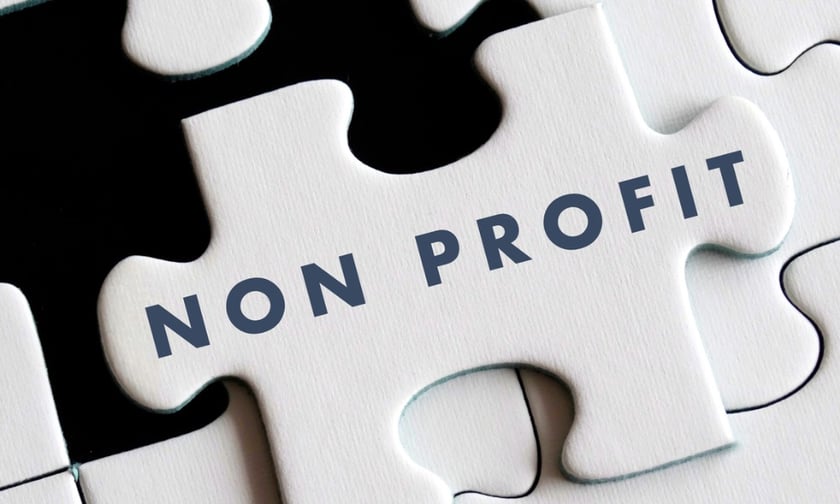

Non-profits with large insurance policies have become increasingly vulnerable to class action lawsuits over the past decade. The shift has been closely tied to the phenomenon of social inflation, or the rising costs of insurance claims due to social and legal trends.
The new reality has forced insurers to reassess their approach to non-profit coverage. Carriers have started advising non-profits to tailor their coverage more closely to their actual risk profile.
One expert told Insurance Business that the era of large limits for such entities provided by a single carrier is likely over.
“Non-profits in general had very, very large umbrellas attached to their policies,” said Stephen Cook, director of underwriting for non-profits at AmTrust Financial. He explained that many smaller entities were requesting coverage limits far exceeding their actual needs.
“When it first started, it was common for a non-profit to have a $10 million umbrella, (but) there was no real kind of justification for it,” Cook added.
This “over-insurance” inadvertently painted a target on non-profits’ backs. The presence of large umbrella policies invited higher demands from plaintiffs, driving up litigation costs and settlement figures. This is because when a claim arises, lawyers representing plaintiffs often see the opportunity to go after the full amount available.
“As a lawyer whose job is to do right by my client, I’m going to ask for the full $10 million, or $15 million, in the hopes that I get down to the $10 million,” Cook pointed out. “We need to have an honest talk with (non-profit clients) about how much insurance coverage they need.”
Brokers and agents play a crucial role in guiding non-profits to the right balance between adequate coverage and avoiding over-insurance that could lead to them becoming a lawsuit target.
“They need to set a reasonable expectation,” Cook said, suggesting that brokers should “under-sell and over-deliver” when it comes to coverage limits.
The emphasis is now on aligning policy limits with the true scale and scope of a non-profit’s operations, rather than a blanket assumption that more coverage is always better. Cook said: “It might make more sense to bring (a client) down to a limit that’s still suited for you, suited for your size, but also true to the size of your operation.”
The discussion of appropriate coverage limits has also brought to light the importance of evaluating the non-profit’s mission and operations when determining insurance needs.
Different types of non-profits carry different levels of risk, depending largely on how they interact with their clients. For example, organizations that offer services involving direct, hands-on care, such as home healthcare providers or substance abuse centers, are inherently more exposed to liability than those that operate with less direct client engagement, such as resource centers or vocational schools.
Substance abuse programs, medical detox facilities, certain types of schools, and crisis centers are other examples of high-impact missions that typically necessitate larger insurance policies also fall into this category due to the intense nature of their work and the higher likelihood of incidents that could lead to claims.
“The large coverage limits by one carrier is over,” Cook reiterated, noting that most carriers are capping primary coverage limits at around $5 million. Beyond that, organizations are encouraged to seek additional coverage through excess markets.
“Reinsurance is also a huge thing in this,” he noted. Reinsurance providers also prefer to limit their exposure, especially when dealing with the potentially high costs associated with non-profit claims.
Brokers must keenly understand the specific risks associated with non-profit operations, which often requires a nuanced approach that goes beyond a simple checklist.
“Having an agent who knows the type of business, knows how to speak to it—that’s a game-changer,” said Cook.
Different segments of the non-profit sector are also experiencing varied levels of difficulty in acquiring insurance. Some segments, such as churches and daycare centers, are currently facing a hard market due to higher liability and property risks, while others, such as YMCAs and community centers, are in a much better position.
However, organizations that have embraced a proactive approach to loss control will also find a more favorable insurance environment, according to Cook. He encourages the industry to remain adaptable and informed, ready to adjust their strategies as needed.
Ultimately, he said, the future of non-profit insurance lies not in maximizing coverage limits but in fostering a proactive mindset among insureds. This means taking steps to prevent losses before they occur. Cook encouraged brokers to guide clients towards loss control resources and expertise provided by carriers, which can help non-profits identify and mitigate risks early on.
“We underwrite to that proactive nature of the insured,” he said.
Are you a broker serving the non-profit sector? What trends have you observed in the space? Please leave your comments below.
